2.009 Final Presentation Recap by Vincent A. '17
Flashing lights, a live horse, social robots, great music, clouds of steam and lots of mini-pictures
VacPac, an affordable battery-operated backpack refrigerator that could aid the transport of vaccines in remote areas. KoolPool, an educational and rehabilitative game designed to help developmentally disabled children. Elika, an artistic, aesthetic, foldable coffee table made of stainless steel and carbon fiber.
They’re all past products innovated by MIT Mechanical Engineering undergrads in a class known as 2.009: Product Engineering Processes. Earlier this week, 2.009 had its annual Final Presentation in which student-designed products were presented.
—
I was in the Kresge Auditorium. People kept trickling in. Empty seats vanished. Music from a piano several feet above filled the room. Lights danced around, bouncing off ceilings and onto the stage. Needless to say, I was excited.
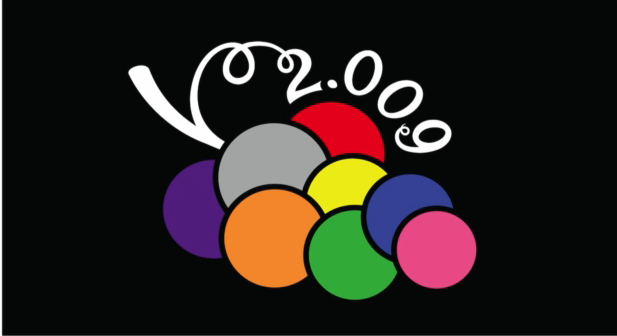
7:30PM; Program Begins
And how else would the presentation kick off but with…


…a rendition of What Does the Fox Say by a live band playing on the upper levels. The crowd exploded into cheers and applauses while I sagely pondered the mysteries of the fox.
After that, the course instructor David Wallace welcomed everyone, adding that his mom was watching and was pleased that he’d shaved and cut his hair. Invisible nods of approval from mothers everywhere.
The challenge in a nutshell: eight teams, each charged with making a new product on a budget of $6500 and a 3-month time constraint. It had to tie in somehow to the class theme for the semester: Be Well. Without further ado—save enthusiastic clapping and a countdown the audience followed through with amazing energy—the presentations began.
Each presentation had to last a maximum of eight minutes, followed up by a 5-minute Q&A from the audience.
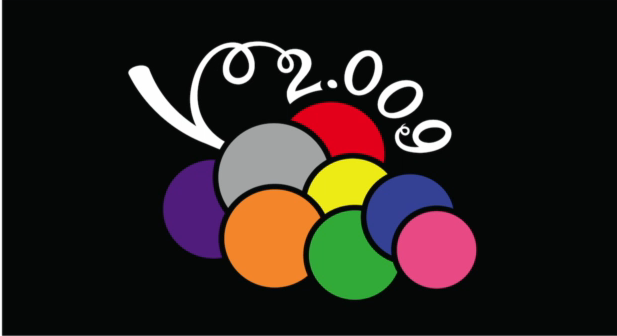
First up, Orange Team Presents: MIRA
Candace, the first speaker for orange team began by addressing the problem that had inspired the creation of MIRA: the lack of easy navigation systems for motorcyclists. One of several cyclists they’d talked to explained he had to pull up all the time to figure out directions. One possible solution: mount a GPS system onto the the motorcycle. Okay, except that this involves shifting focus between the system and the road repeatedly. A small experiment asking the audience to shift gazes between their right index fingers and the speaker proved how this could be impractical. Plus, cyclists have to be focused at all times, eyes on the road (so printed maps don’t help either), ears picking up sounds (direction-giving earphones? Nah.)
A possible solution to this: MIRA, a high-tech helmet attachment that projected navigation information onto the helmet’s visor, relayed over Bluetooth. Now, the cyclist can look ahead, seeing the road and the needed direction at the same time.
We got to see a small demo.

Next, Michael explained the technical aspects of the product. MIRA works via a high-res LCD display. Light from this display passes through a calumet lens, from which parallel rays emerge. They bounce off a clear, plastic arm and into the eyes of the user.

We also got a brief overview of the different relevant parts of MIRA.


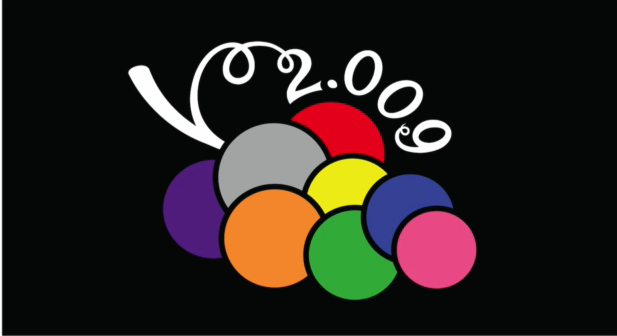
Purple Team Presents: EquiTemp
In equestrian sports, success depends on the grace, strength and speed of the trained horses, each weighing about 1100 pounds, each exerting enormous forces on legs only about three inches in diameter. As we’d expect, hours of training built up over time can lead to injuries. From the presentation, we learn that “there is an 82% chance the horse will receive some kind of injury” during its career. Several times, these aren’t detected early enough. The consequence, as one member of Purple Team put it: “enormous emotional and financial loss”.
Sometimes, horses go into training without adequate warm-up. This often leads to tendon damage as a result of insufficient blood and oxygen flow. On the flip side—there’s always a flip side—in the absence of adequate cool down, the horses are unable to recover correctly, which can cause muscle convulsions.
So where does EquiTemp come in? As Purple Team explained, a 3.5 degrees celsius rise in temperature of a horse’s lower leg signifies that it is sufficiently warmed up. EquiTemp resembles the splint boot horses often use in races, with a classic MIT twist: the team’s splint boots consist of four thermal sensors that, when strapped around a horse’s leg, roughly match the position of the tendons closest to the leg. The sensors are able to flash an array of colored lights. Each color represents something—that the boot is incorrectly placed perhaps, that the horse is still getting warmed-up, that the horse is warmed-up and now ready to go into training, that the temperature of the horse is abnormal.
There is also an additional strap worn by the horse-rider, an alert device that reports the colors of the boots attached to the horse’s legs, from which the rider can understand what’s going on.
Next, the team demonstrated how to strap the boots onto a horse—which of course would require an actual horse. Right before my eyes, the cutest horse ever tenderly walks onstage. The audience gasps and claps. The horse, whose name is Pinkie, stares at us knowingly through beady black eyes

A soft silicon casing protects EquiTemp’s electronic components.



Trials and research with EquiTemp could establish some kind of threshold temperature indicative of injury to a horse.

Pinkie reminds me of a horse I rode a few years back along the shores of a beach in Nigeria. By rode, I mean I was forcibly scooped up and placed atop the saddle because I was too scared to touch the horse. Sensing my presence and fear, it began running. I began screaming. At first, it might have been a scream of joy. Until the horse began galloping toward the sea, the splashing waves. I began shrieking. Somehow, I survived that ordeal.
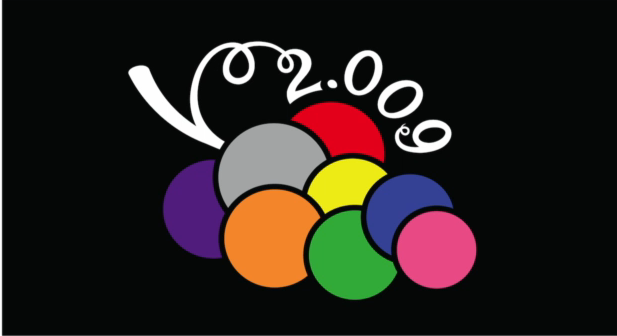
Red Team Presents: Ollie
A senior named Luke begins by explaining that the creation of Ollie was inspired by the consequences of dementia, which include agitation, confusion, loss of memory, anxiety, isolation and a sense of loss of purpose. However, the grounding effect and physical contact of certain animals often exert a calming and highly therapeutic effect on those afflicted. And hopefully, so does Ollie.
Ollie is a social robot, and by no means a new concept, as Luke explains that universities like MIT, Stanford and Carnegie Mellon have already made extensive research into social robots, complete with prototypes. Social robots have been proven to have the same calming effect as animals, the upside to the former being that social robots are more constantly accessible. They can be around 24-7. But—there’s always a but—social robots are typically expensive—past ones in the range of $6,000-$30,000—and caregivers looking after people with dementia cannot afford to buy them. This is where Ollie comes in.
Ollie was produced for five hundred dollars.
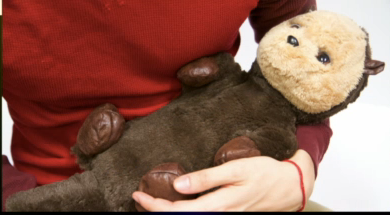
Ollie looks like a furry otter, and his features were chosen with several considerations in mind. His dimensions fit those of a new-born baby, evoking a feeling of care. His set of interactions are randomized, so that the same touch inspires new reactions from him. He waves, blinks gently, hugs fingers or hands, purrs, makes happy noises.
A member of the team, Rick, demonstrated by rubbing Ollie’s chest, prompting him to purr. That gentle sound melted ice glaciers and the hearts of the audience. “The idea,” Rick explains, “is that Ollie can be used at homes. Caregivers can hand Ollie to their loved ones, either in everyday situations or when they get scared and confused to help calm and sooth them.” This explanation is followed by a different gentle sound from Ollie.
Helplessly, the audience croons with delight.
Turns out the otter’s eyes begin drooping as though he’s about to sleep, when his batteries get low.
To design Ollie, the red team worked with three organizations—the Cambridge Rehabilitation and Nursing Center, the German Center for Extended Care and the MIT AgeLab.
Inside Ollie are custom-printed circuit boards that possess the motor drivers and touch sensors. External stimuli gets translated to Ollie’s brain, which sends the appropriate response to the hardware components.

Ollie’s waterproof interior
The arms above are cast with silicon and are attached to Ollie’s shoulder joints alongside which filament wires run. His fur is removable and washable, which sounded a bit frightening at first, much like ripping off human skin to toss into a laundry machine, but practicality necessitates this.
Overall, the team believes Ollie has great potential, telling us in conclusion: he’s otterly adorable.
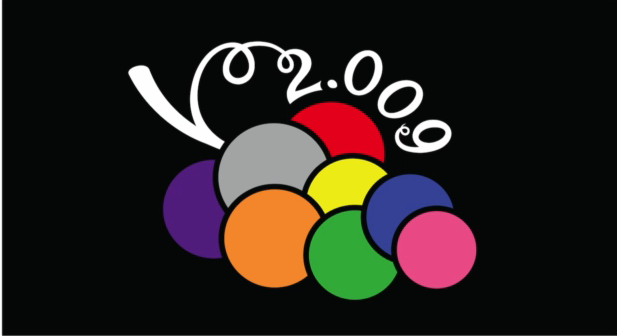
Pink Team Presents: Verda
On the southern edge of Boston is the neighborhood of Mattapan.
Members of the pink team met with the Mattapan Food and Fitness Coalition (MFFC) while trying to come up with a product. They discovered a challenge the residents of Mattapan faced. In a one-mile radius of Cambridge, we can expect about forty grocery stores. In Mattapan, this number falls drastically to six. Consequently, MFFC operates a mobile farm stand during the summer to help with the circulation of groceries. This stand follows a looping route that starts at Mattapan Square, proceeds beyond a park, circles round a senior residence and heads back to the square.

However, it is quite heavy, so that at the end of a loop, the stand operator (typically a young adult over sixteen) already feels drained, the physical equivalent of an MIT student’s mind after a heavy-duty problem set.
This is where Verda comes in.

Verda is lightweight and easily maneuverable, capable of navigating tricky roads with a turn radius comparable to a small car’s. By itself, Verda weighs 100lbs, and can easily support an additional 250lbs. A front hinge makes it easily attachable and detachable to and from most bikes. An attached string activates a pulling mechanism, allowing Verda to rise to a height compatible with its operator’s.


The overhead canopy is made of a lightweight, waterproof fabric, and the colored, red- and yellow-compartmental bins are sloped in a way to keep the stand contents out of the reach of curious, hand-stretching little kids, while maintaining visibility. Feast your eyes little ones, but thou shall not touch. Unless thou is an adult or super-tall in which case thou can touch. Beneath the compartments are additional storage spaces where more groceries can be stored. From one side of Verda, a table of sorts can extend outward, allowing access to a cashbox, a hanging scale and a stool. MFFC has already expressed excitement over Verda, and following the presentation, Pink Team explained that it would denote a prototype unit of Verda to MFFC.



After Pink Team’s presentation, there is a very cool clip of Doctor Oz encouraging 2.009 students to pursue their dreams to their fullest extent.

He assures them that, aside from getting his daughters to listen to him, they can do anything!
They cheer excitedly.
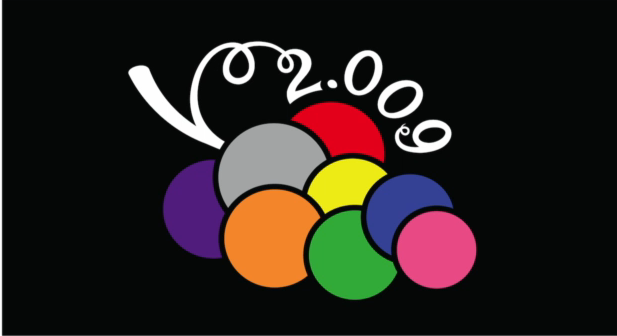
Green Team Presents: Poseidon
The Green Team introduces Poseidon as a device that gives back real-time feedback by shining a laser point at the bottom of the pool. This laser moves at the swimmer’s desired speed.

It’s designed with triathletes in mind because their excellence hinges on their ability to maintain speed and stamina over grueling distances. The team explains that Poseidon fills in a gap in the exercise market by being the swim-analog for treadmills and stationery bikes.

On Poseidon, you can input different calibrations such as the length of the pool, its depth at both ends and the time you want the laser to traverse the pool for, essentially defining the pace.
As usual, there’s a demonstration.

We’re assured that the product-tester pictured above has used the device before, as evidenced by his “broad shoulders and tight abs.”
Attached to a metal plate on the back of Poseidon are magnetic suction cups connected with rotating linkages. This enables the device to fit onto the tiles of varying pool walls.
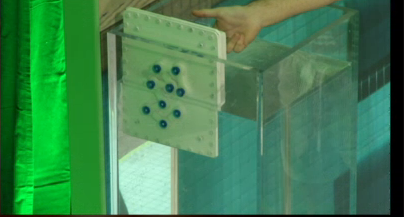
During the demonstration, we observe the laser point swimming along the bottom of the water according to a calibrated pace. Cheers erupt. As we’re informed, the laser is emitted by an FDA-approved diode, and is safe. This laser diode is aimed at a mirror mounted to the shaft of a galvanometer. The variable angular speed of the galvanometer translates into the laser dot’s constant linear pace.

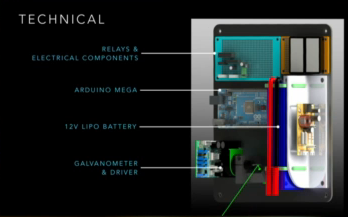
Poseidon can run for 7 hours continuously before requiring a recharge. It floats on water and is, as would be expected, waterproof.
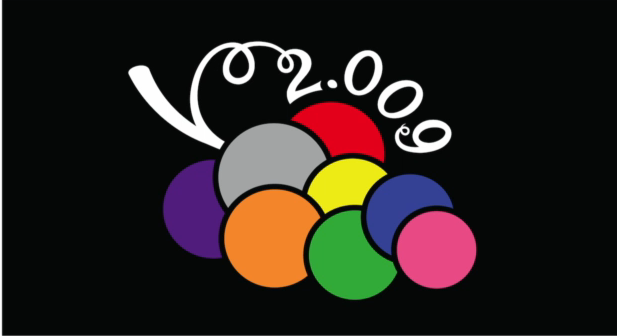
Silver Team Presents: BitDex
Machine Shops all over the United States receive a high influx of super-busy customers. Having passed and glanced at one or two of these on my way to class at MIT, I can attest to the resulting consequence of drill bits and sawdust piling up alongside other similar sundries. In addition, there are over four hundred different classifications of bits, the difference in sizes between several pairs of them being less than a thousandth of an inch. As a result, trying to classify these different bit sizes can be time-consuming and error-prone. The two preexisting classification methods have accuracy ranges of 60%-85% and take between 8-20 seconds, with the “Murphy’s-Law” twist that the more accurate method takes more time. How does Silver Team’s BitDex measure up?

That’s BitDex up there. It classifies drill bits in four seconds and with 95% accuracy, as prior tests with it show. We saw a brief—i.e. four-second—demonstration. A bit was inserted into the circular hole on the right, and then placed on the holder in the middle. A button was pushed. Four seconds later, the bit classification was displayed. Seeing as mistakes in classification cost a lower bound of about $250 per mistake, BitDex has great cost-saving potential.
How does it work? After the magic button is pushed, the following happens. An internal LED light system provides a high contrast background for the drill bit. Elsewhere, a photo-sensor and a lens form an optical system that produces the same focal length, through which the diameter can be measured.
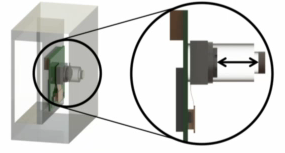
A projection of the drill bit against the high-contrast background is captured, and a measurement is taken along its edge.


A microcontroller operates the camera and measures the diameter.

The pixels picked up by the camera are compared against a lookup table in the microcontroller.
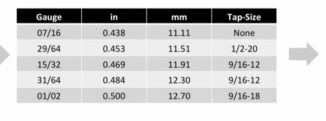
The information picked up is what gets displayed on the BitDex screen.
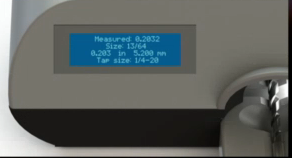
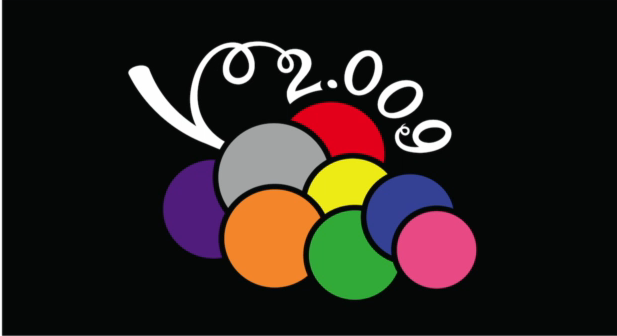
Blue Team Presents: San-X
Blue Team kicked off with a horror story its product could hopefully fight against. Wrestling teams dominate thousands of high schools and colleges in the US, which involves a lot of skin contact with wrestling mats. This feeds onto the mat several happy microorganisms, each waiting to cause harm. Several news report have broken out in the past about skin diseases contractible from wrestling mats.
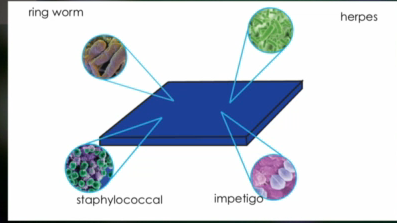

I know; not pretty. As the team points out, repeated exposure leads to the troubling data indicating that wrestlers are sixteen times more likely than other athletes to contract skin infections. The traditional method of cleaning up these mats involves a mop, a bucket and a lot of time. The method Blue Team came up with? San-X: “The first fully integrated steam- and UV-machine optimized for cleaning wrestling mats.”
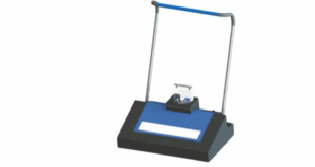
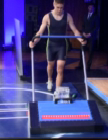
San-X’s UV light breaks down the molecular bonds in the organism’s DNA, and is contained in seven bulbs running along the underside length of the machine.
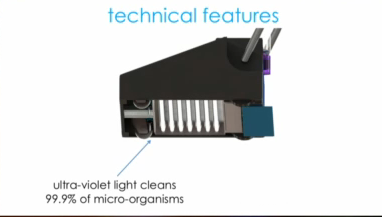
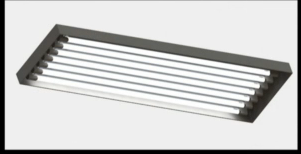
However, UV does not take care of the remnant sweat and dust particles, but steam does. Being abundant and quick to evaporate, it is a viable solution, one San-X emits by heating water placed in its cylindrical container.
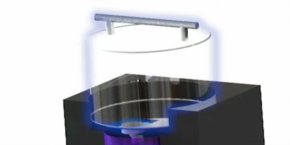

The water passes through a filter before going into the heating unit pictured above. The unit is equipped with a thermofuse and a switch. Polycarbonate prevents overheating. The resulting steam passes through evenly spaced channels at the bottom of the machine and through a microfiber surface onto the mat. San-X also has an indicator bar on its surface that relays to its user that he or she is moving at the correct or incorrect pace required for optimal steam or UV exposure.
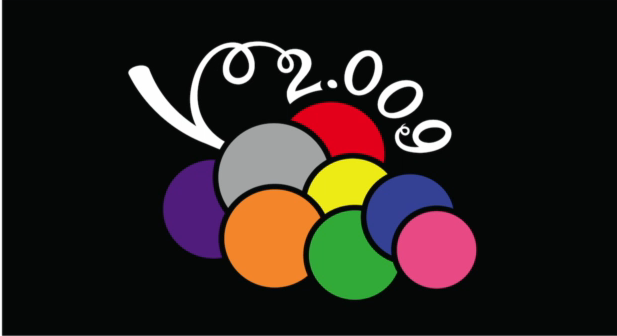
Finally, Yellow Team Presents: Glow
Jeff Carothers of Yellow Team opens up the presentation with a pun on his team’s product, saying, “How’s it glowing?” to resounding laughter.
“We’re excited to introduce Glow,” he says. “Your own private yoga instructor.”
Glow is a yoga mat with surface-embedded LED displays to show users where to place their hands and feet. It also has pressure-sensors that can sense right or wrong yoga form, as well as weight distribution. Someone named John came up to demonstrate. A member of the audience wolf-whistled.
Glow is connected to a computer, in which a Glow software application comes on, asking for specific details like name and height. It also allows users to track their progress over time.
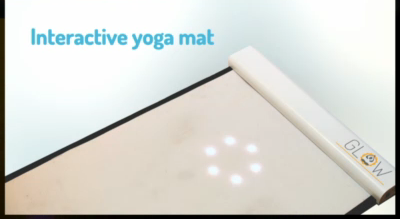
After users have filled in specific details, they can select a pose or a sequence of poses that they would like to go through. After the selection, a short clip on the computer shows an instructor moving to perform the starting pose. At the same instant, colored LED lights on the electronic mat show users where to place their hand and feet, so that they align themselves shortly following the instructor’s action.
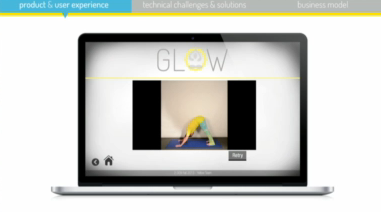
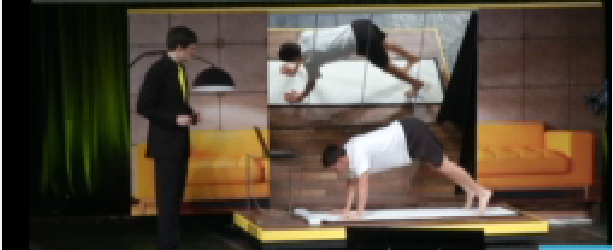
As we can see, there’s a palpable discrepancy between both pictures above. The demonstrator’s weight distribution does not match the instructor’s. Glow senses this, and the LED lights turn red, prompting John to redistribute his body weight without moving away from the lights. At the correct orientation, the mat glows green, indicating a good match. Users can perform 20 to 45 minutes worth of sessions through the application, after which it can tell them what poses they did well on, and what poses could use some improvement.
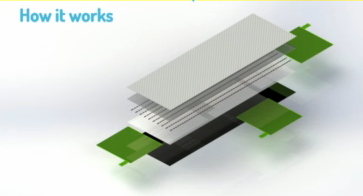
As shown above, Glow possesses a layered architecture. The bottom layer is made of PVC foam identical to the foam used in a regular yoga mat. Above this is a second layer, which is essentially a grid of pressure sensors that detect and relay the hand and feet weight distribution of a user during a certain pose. It then compares these readings to what the proper pose-specific readings should be, through which it gives feedback. This feedback of course is through the LED lights, which lie in parallel strips atop the pressure sensors. Layered over this is silicone which prevents users from feeling the LED strips when they step on the mat, giving it the same natural feel as a regular yoga mat while also protecting the electronic components. The final top layer, like the bottom, is made of PVC foam.
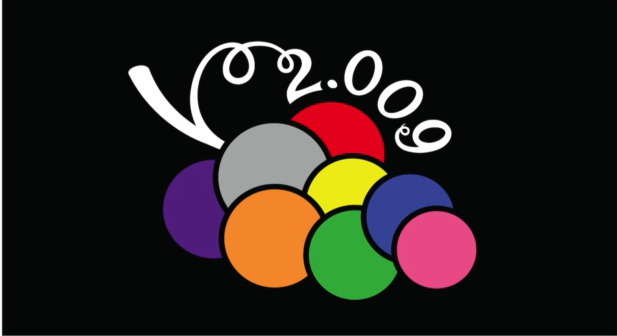
After each presentation was a brief Q&A session in which members of the audience asked questions about the products. A few valid concerns or deficiencies were usually brought up and addressed, as well as possible extensions that could be made. The presentations themselves, some hiccups aside, were smoothly delivered and immensely impressive. This post doesn’t capture every detail of the products—particularly the financial aspects—but these were also highlighted in the presentation.
After the final presentation, the students showed their appreciation of their professor, David Wallace by presenting him with a picture of himself in a superhero-costume and a bullhorn.
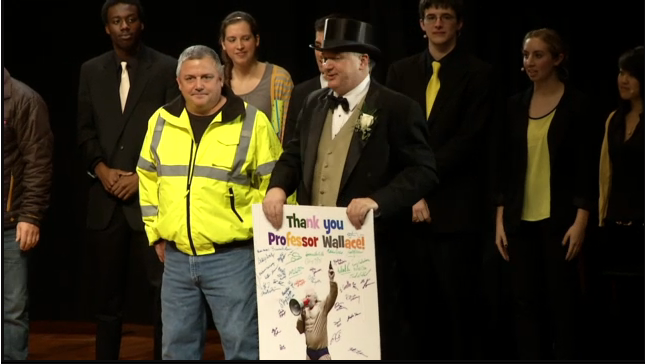
One of them said, “He has turned 2.009 into an unparalleled experience for Mechanical Engineering students at MIT, and we cannot thank him enough for everything he’s done for us.”
While seating in Kresge, transfixed to the amazing students up on stage, I momentarily forgot that they were students. For a moment, they seemed larger than life. It’s a truly amazing phenomenon that every fall semester, the students of 2.009 are able to come together, brainstorm and produce these innovations, these products that weren’t around four months ago, these products that in some way impact their environment.
To celebrate them, Kresge bellowed, sending explosions of confetti raining over all of us. We clapped. We clapped hard.

How cool is 2.009?